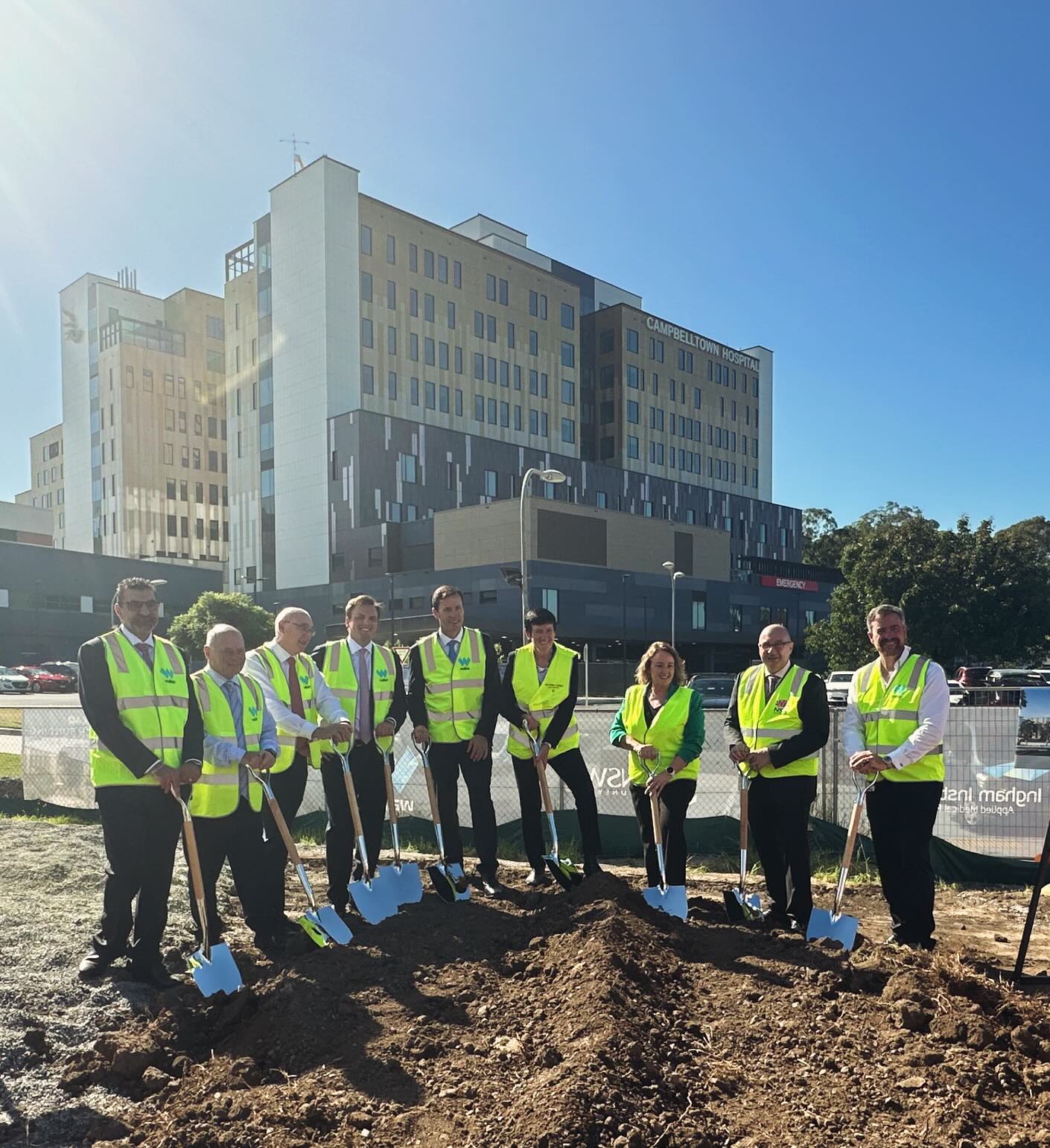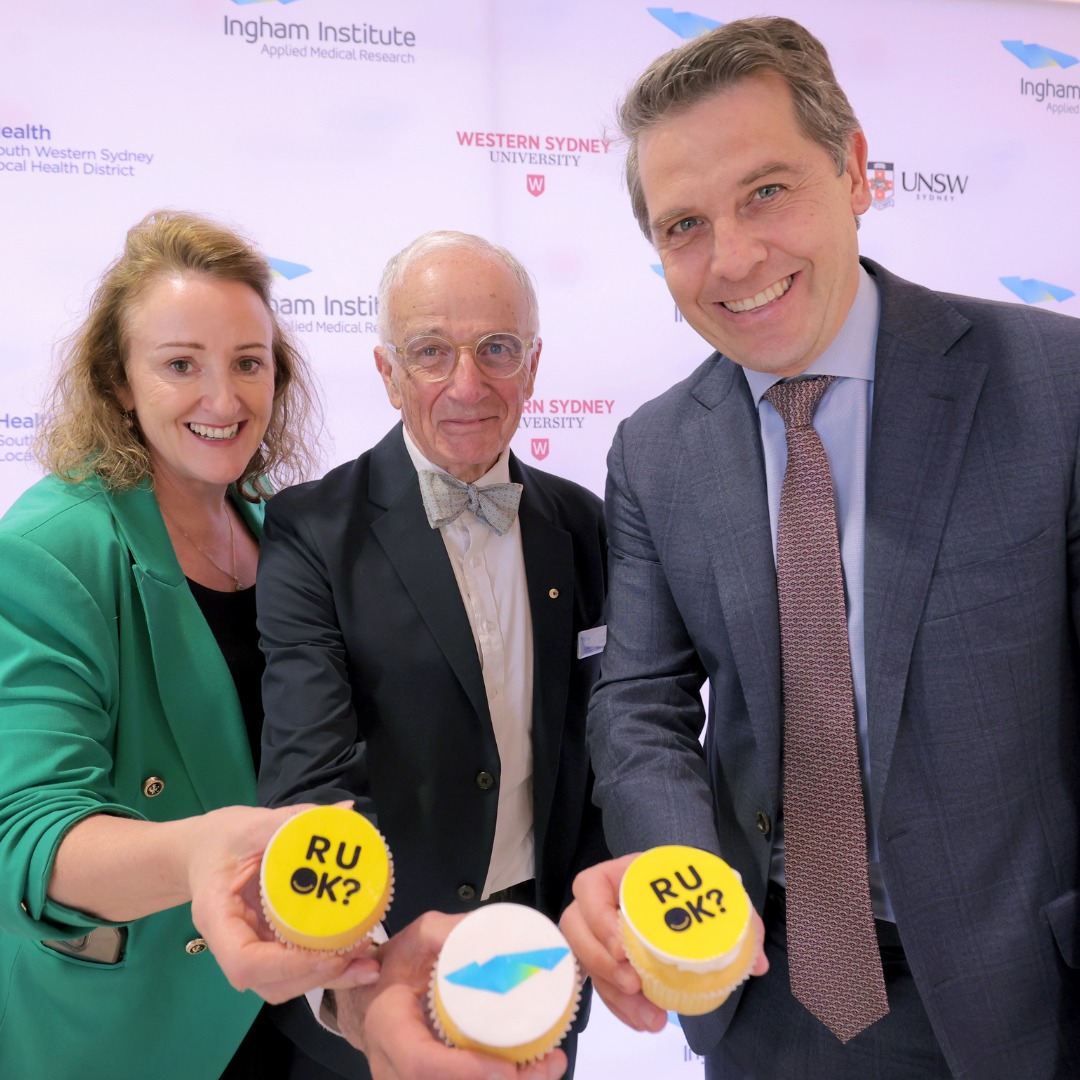Our institute’s research programs have a translational focus. This means that results from the laboratory are transformed into direct health benefits in the form of new treatments and standards of care for local, national, and international communities.
We are committed to inspiring better health and transforming the treatment and care of people living with the most prevalent medical conditions and diseases.
We make and apply discoveries that translate to radical improvements in health and healthcare for all.

“Our health district is not just big; it is typified by extraordinary diversity. Half our population speaks a language other than English at home. More than 40% were born overseas. We have almost two thirds of New South Wales’ humanitarian entrants and refugees. Half of our community is in the state’s lowest socioeconomic quintile. These “social determinants of health” intersect; they mean increased risk factors for disease, as well as poorer health outcomes. They also mean our people are less likely to seek and receive the help they need when they need it.
That is why Ingham Institute exists – to promote and pioneer health equity. ”
– Professor Les Bokey, Research Director

Since 2008, Ingham Institute’s research has targeted the unique needs of South Western Sydney’s 1.2m population. Our researchers pioneer translational research to achieve global health equity.
Ingham Institute operates under a network model, with sites co-located at the District’s major tertiary teaching hospitals in Liverpool, Campbelltown (opening in 2025), and Bankstown (currently in the planning stage).
In line with our mission, research focus for each Centre targets conditions of greatest prevalence for the local community.

The Institute was established to be the medical research in and for the local health district of south-west Sydney. To this day it holds the exclusive status of being – uncommonly in NSW – the only Medical Research Institute for the region.
This foundational and enduring connection with the LHD is embedded in the Institute’s Constitution, and manifest across operational, strategic, research and governance lines: